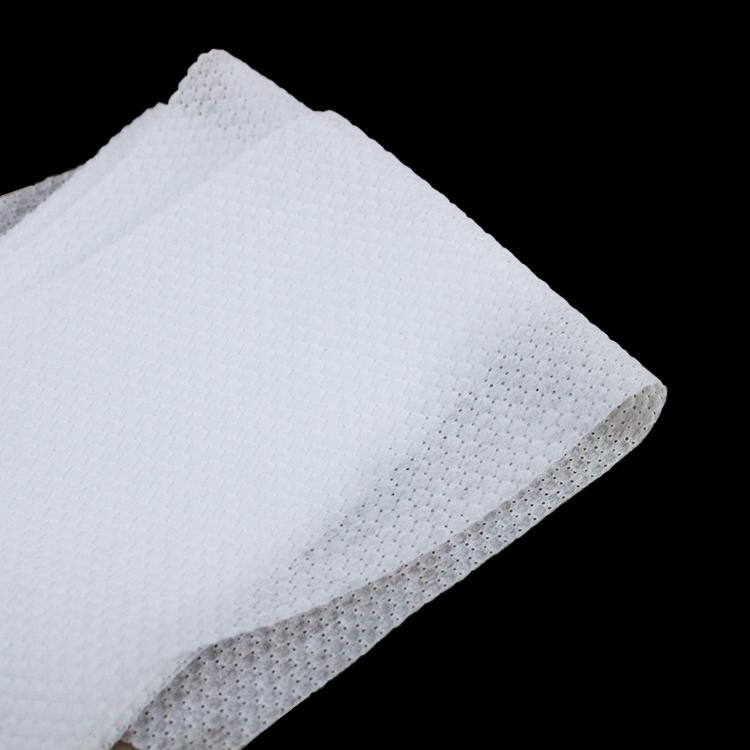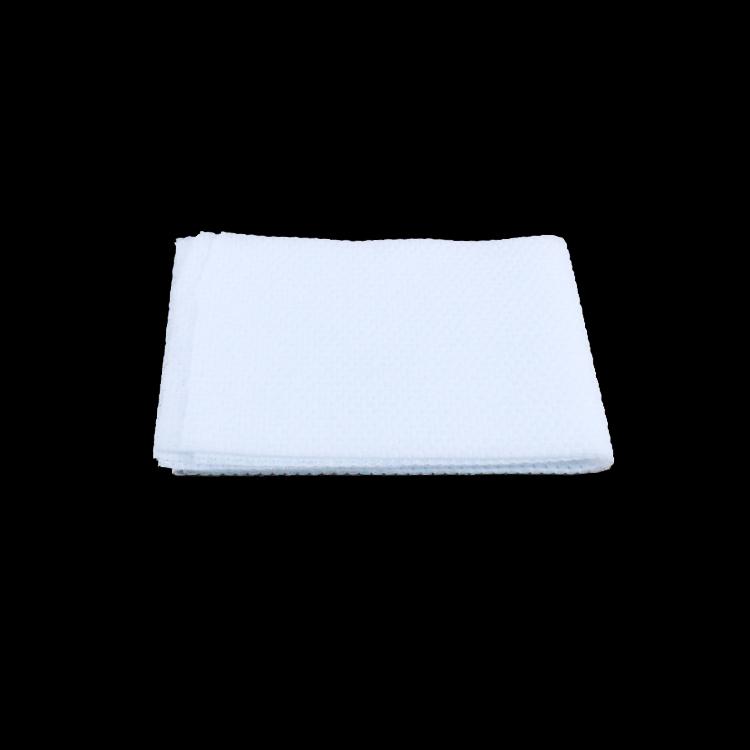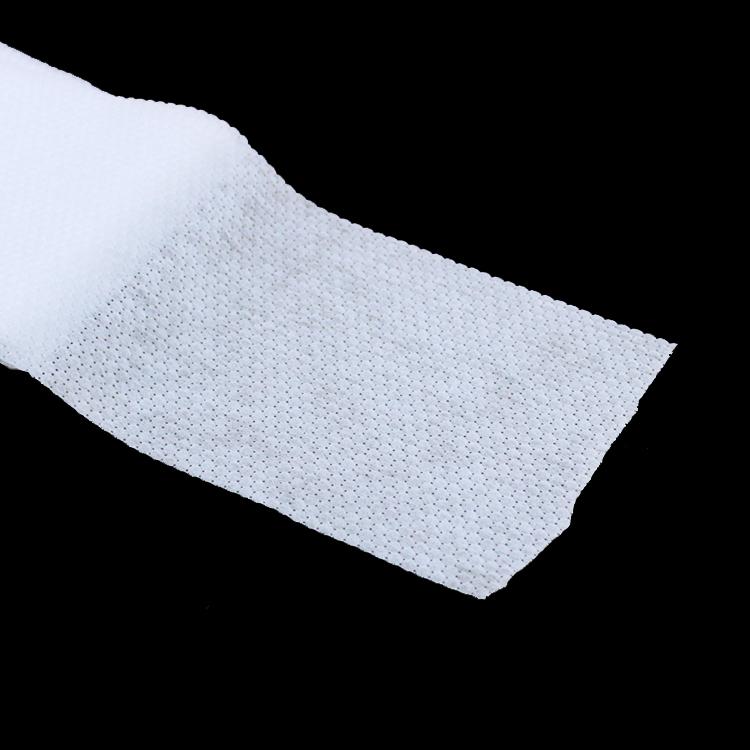Author:Baby & Adult Diaper Materials FROM:Diaper Materials Manufacturer TIME:2023-03-06
Nappies are essential for families with babies and naturally there is a large market for them. With a large market, there are many products, and the materials used vary from product to product, but the diaper layer is mostly divided into these parts: non-woven, absorbent core, hot melt adhesive and other structures. So, what is the base layer of diaper raw materials? If you want to know more about this, read on!

The surface layer is made of hydrophilic non-woven fabric, the part that comes into direct contact with the baby's little buttocks. Absorbent layer: an absorbent structure consisting mainly of an infusion layer, fleece pulp and a highly absorbent resin (polymer), which acts as a fast penetration, absorbs urine and stores it. Bottom layer: prevents urine and faeces from leaking out and distributes the moisture inside the nappy. Elastic: the waistband and legs are made of elasticated rubber bands, which help to fit the baby's body and prevent side leaks. Closure material: consists of a front waist patch and left and right waist patches that can be repeatedly attached.
A. Surface layer: made of non-woven fabric, in direct contact with the baby's skin, receives the liquid and passes it on to the next layer
B.Conductive layer: made of non-woven fabric, which transfers the liquid received by the surface layer evenly to the absorbent layer
C. Absorbent layer: made of polymeric absorbent resin (SAP for short) mixed with fleece fibres, the most important functional layer in the nappy, used to absorb water and store urine
D. Bottom layer: made of PE film or PE film + non-woven fabric, the main function is to prevent leakage
E.Polymer absorbent resin
(1)Shape: Shaped like small beads, diameter about 0.2mm.
(2)Function: Super absorbent, super water retention.
(3) Characteristics: Best absorption capacity, maximum absorption rate at PH 6-8.
Many mothers naively believe that their baby's diapers are lined with cotton and rely on it to absorb water. When you uncover the surface of the diaper, you will find that inside are small bead-like particles, mixed with lint fibres. Cotton is certainly absorbent, but the speed of absorption and the ability to lock in water are far inferior to the new polymer absorbent resin.

A. After this situation, avoid using the original diaper and choose another brand. If the symptoms are not relieved, you can replace it with a cotton nappy that is breathable and wash your baby's bottom with mild water after each bowel movement.
B. In the process of using diapers, you should also check the baby's wetness in time, change the nappies every 3 to 4 hours, and choose the right type, do not let the baby's tummy strangle very tightly, this will also cause allergies, do not use nappies when entering summer, keep the baby's skin in a permeable state, once the nappy rash appears, you should Apply pure vegetable olive oil promptly to help relieve the condition.
C. In case of micronutrient deficiencies, babies may also suffer from allergies. It is important to go to the hospital to have the elements tested and if they are lacking, they should be replenished immediately.


 Email: info@whldiapernonwoven.com
Email: info@whldiapernonwoven.com
 MP/WhatsApp: +86-13599937366
MP/WhatsApp: +86-13599937366
 Manufacturer Address:Room 1105B, Bld M1, Manhattan, Yulongwan, Shimao, Shuanglong Road, Meiling Street, Jinjiang, Fujian, China
Manufacturer Address:Room 1105B, Bld M1, Manhattan, Yulongwan, Shimao, Shuanglong Road, Meiling Street, Jinjiang, Fujian, China